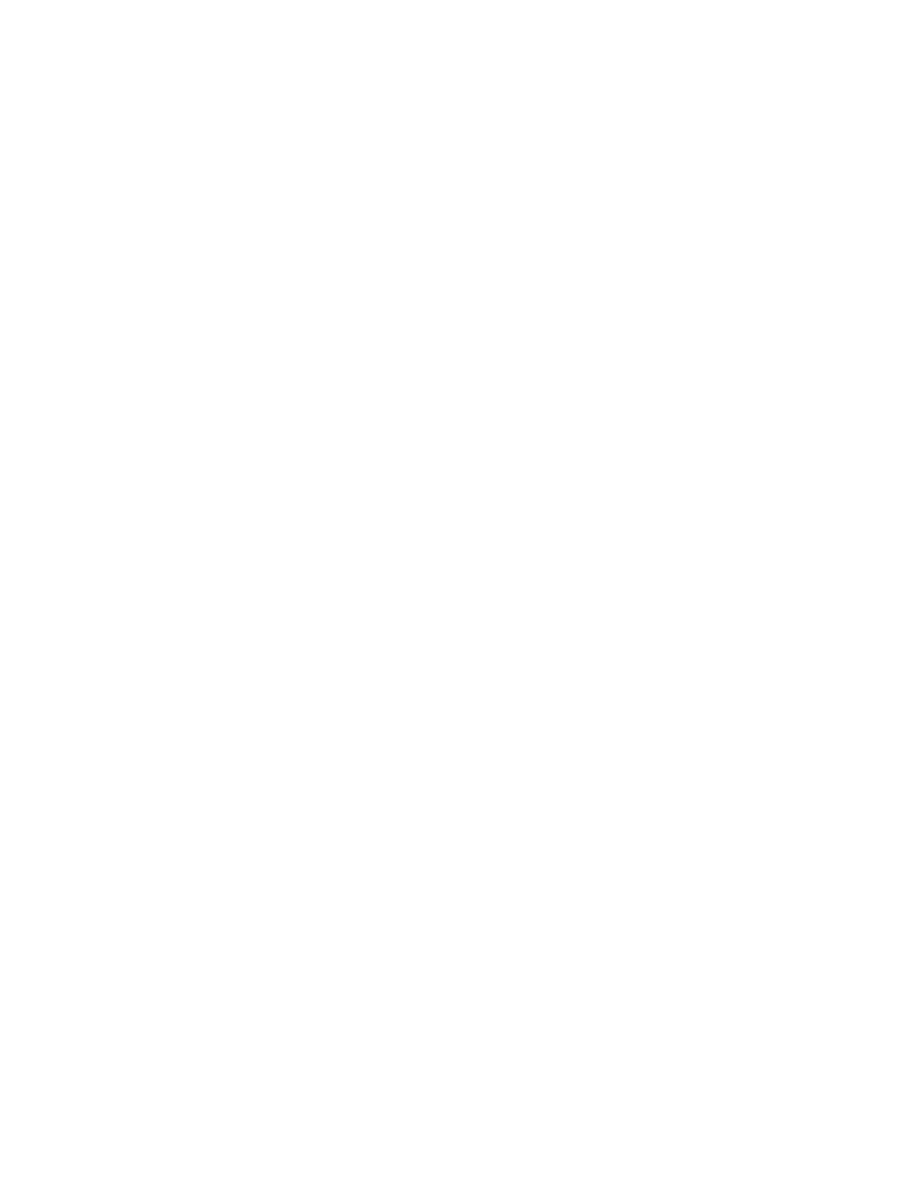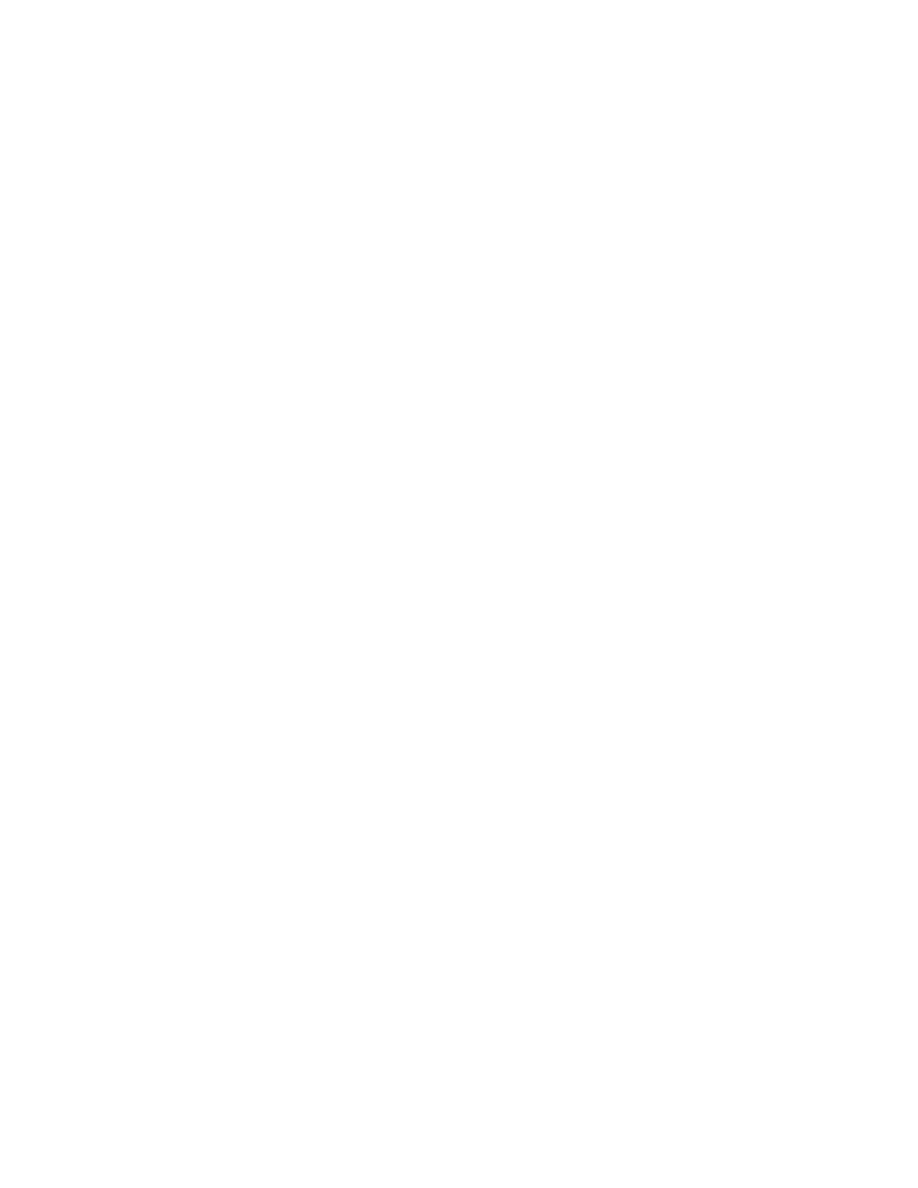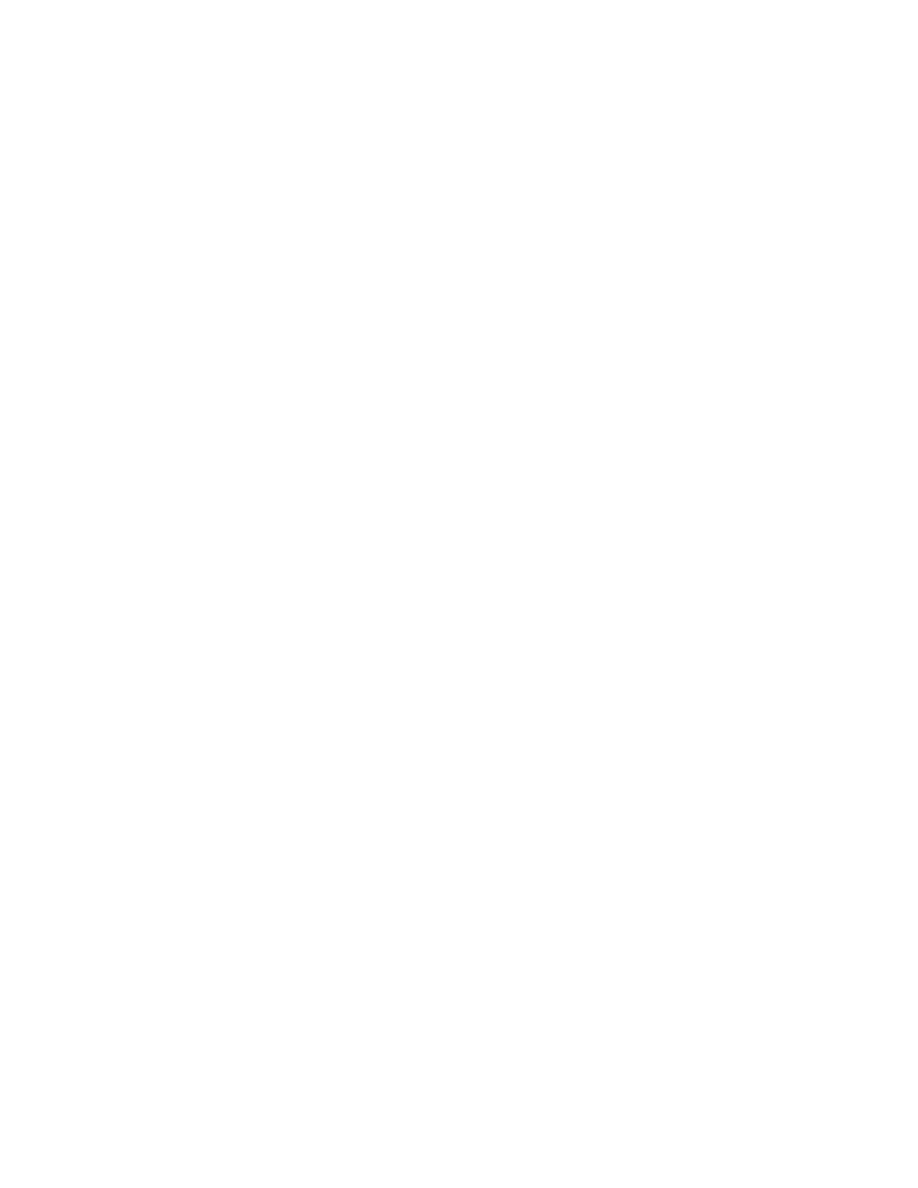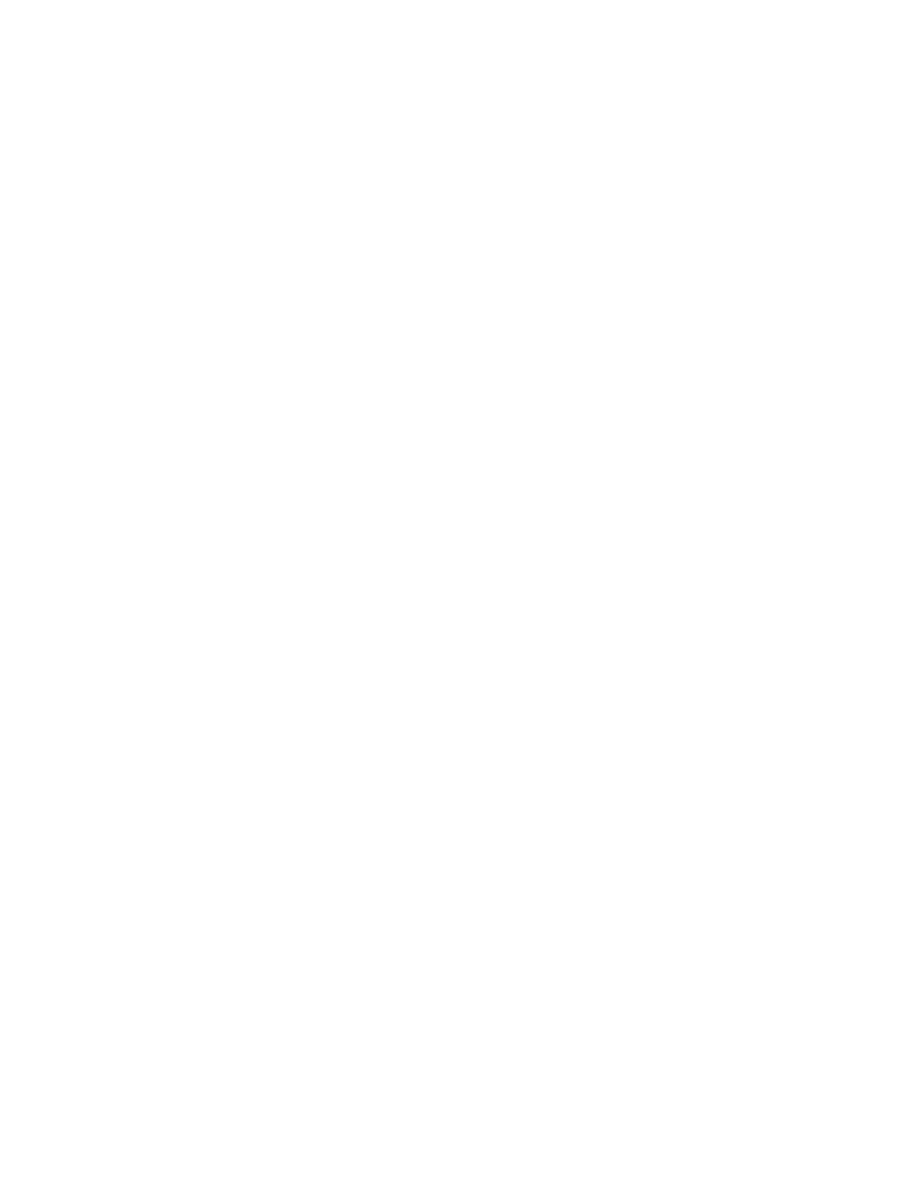
63
Federal Aviation Administration, DOT
§ 120.217
(2) Compliance with the State or
local requirement is an obstacle to the
accomplishment and execution of any
requirement in this subpart.
(b) The alcohol testing requirements
of this title shall not be construed to
preempt provisions of State criminal
law that impose sanctions for reckless
conduct leading to actual loss of life,
injury, or damage to property, whether
the provisions apply specifically to
transportation employees or employers
or to the general public.
§ 120.207 Other requirements imposed
by employers.
Except as expressly provided in these
alcohol testing requirements, nothing
in this subpart shall be construed to af-
fect the authority of employers, or the
rights of employees, with respect to
the use or possession of alcohol, includ-
ing any authority and rights with re-
spect to alcohol testing and rehabilita-
tion.
§ 120.209 Requirement for notice.
Before performing an alcohol test
under this subpart, each employer shall
notify a covered employee that the al-
cohol test is required by this subpart.
No employer shall falsely represent
that a test is administered under this
subpart.
§ 120.211 Applicable Federal regula-
tions.
The following applicable regulations
appear in 49 CFR and 14 CFR:
(a) 49 CFR Part 40—Procedures for
Transportation Workplace Drug Test-
ing Programs
(b) 14 CFR:
(1) § 67.107—First-Class Airman Med-
ical Certificate, Mental.
(2) § 67.207—Second-Class Airman
Medical Certificate, Mental.
(3) § 67.307—Third-Class Airman Med-
ical Certificate, Mental.
(4) § 91.147—Passenger carrying
flights for compensation or hire.
(5) § 135.1—Applicability
[Doc. No. FAA–2008–0937, 74 FR 22653, May 14,
2009; Amdt. 120–0A, 75 FR 3154, Jan. 20, 2010]
§ 120.213 Falsification.
No individual may make, or cause to
be made, any of the following:
(a) Any fraudulent or intentionally
false statement in any application of
an alcohol testing program.
(b) Any fraudulent or intentionally
false entry in any record or report that
is made, kept, or used to show compli-
ance with this subpart.
(c) Any reproduction or alteration,
for fraudulent purposes, of any report
or record required to be kept by this
subpart.
§ 120.215 Covered employees.
(a) Each employee, including any as-
sistant, helper, or individual in a train-
ing status, who performs a safety-sen-
sitive function listed in this section di-
rectly or by contract (including by sub-
contract at any tier) for an employer
as defined in this subpart must be sub-
ject to alcohol testing under an alcohol
testing program implemented in ac-
cordance with this subpart. This in-
cludes full-time, part-time, temporary,
and intermittent employees regardless
of the degree of supervision. The safe-
ty-sensitive functions are:
(1) Flight crewmember duties.
(2) Flight attendant duties.
(3) Flight instruction duties.
(4) Aircraft dispatcher duties.
(5) Aircraft maintenance or preven-
tive maintenance duties.
(6) Ground security coordinator du-
ties.
(7) Aviation screening duties.
(8) Air traffic control duties.
(9) Operations control specialist du-
ties.
(b) Each employer must identify any
employee who is subject to the alcohol
testing regulations of more than one
DOT agency. Prior to conducting any
alcohol test on a covered employee
subject to the alcohol testing regula-
tions of more than one DOT agency,
the employer must determine which
DOT agency authorizes or requires the
test.
[Doc. No. FAA–2008–0937, 74 FR 22653, May 14,
2009, as amended by Amdt. 120–2, 79 FR 9973,
Feb. 21, 2014]
§ 120.217 Tests required.
(a)
Pre-employment alcohol testing.
As
an employer, you may, but are not re-
quired to, conduct pre-employment al-
cohol testing under this subpart. If you

64
14 CFR Ch. I (1–1–24 Edition)
§ 120.217
choose to conduct pre-employment al-
cohol testing, you must comply with
the following requirements:
(1) You must conduct a pre-employ-
ment alcohol test before the first per-
formance of safety-sensitive functions
by every covered employee (whether a
new employee or someone who has
transferred to a position involving the
performance of safety-sensitive func-
tions).
(2) You must treat all safety-sen-
sitive employees performing safety-
sensitive functions the same for the
purpose of pre-employment alcohol
testing (
i.e.
, you must not test some
covered employees and not others).
(3) You must conduct the pre-employ-
ment tests after making a contingent
offer of employment or transfer, sub-
ject to the employee passing the pre-
employment alcohol test.
(4) You must conduct all pre-employ-
ment alcohol tests using the alcohol
testing procedures of 49 CFR part 40.
(5) You must not allow a covered em-
ployee to begin performing safety-sen-
sitive functions unless the result of the
employee’s test indicates an alcohol
concentration of less than 0.04. If a pre-
employment test result under this
paragraph indicates an alcohol con-
centration of 0.02 or greater but less
than 0.04, the provisions of § 120.221(f)
apply.
(b)
Post-accident alcohol testing.
(1) As
soon as practicable following an acci-
dent, each employer shall test each
surviving covered employee for alcohol
if that employee’s performance of a
safety-sensitive function either con-
tributed to the accident or cannot be
completely discounted as a contrib-
uting factor to the accident. The deci-
sion not to administer a test under this
section shall be based on the employ-
er’s determination, using the best
available information at the time of
the determination, that the covered
employee’s performance could not have
contributed to the accident.
(2) If a test required by this section is
not administered within 2 hours fol-
lowing the accident, the employer shall
prepare and maintain on file a record
stating the reasons the test was not
promptly administered. If a test re-
quired by this section is not adminis-
tered within 8 hours following the acci-
dent, the employer shall cease at-
tempts to administer an alcohol test
and shall prepare and maintain the
same record. Records shall be sub-
mitted to the FAA upon request of the
Administrator or his or her designee.
(3) A covered employee who is subject
to post-accident testing shall remain
readily available for such testing or
may be deemed by the employer to
have refused to submit to testing.
Nothing in this section shall be con-
strued to require the delay of necessary
medical attention for injured people
following an accident or to prohibit a
covered employee from leaving the
scene of an accident for the period nec-
essary to obtain assistance in respond-
ing to the accident or to obtain nec-
essary emergency medical care.
(c)
Random alcohol testing.
(1) Except
as provided in paragraphs (c)(2)
through (c)(4) of this section, the min-
imum annual percentage rate for ran-
dom alcohol testing will be 25 percent
of the covered employees.
(2) The Administrator’s decision to
increase or decrease the minimum an-
nual percentage rate for random alco-
hol testing is based on the violation
rate for the entire industry. All infor-
mation used for this determination is
drawn from MIS reports required by
this subpart. In order to ensure reli-
ability of the data, the Administrator
considers the quality and completeness
of the reported data, may obtain addi-
tional information or reports from em-
ployers, and may make appropriate
modifications in calculating the indus-
try violation rate. Each year, the Ad-
ministrator will publish in the F
ED
-
ERAL
R
EGISTER
the minimum annual
percentage rate for random alcohol
testing of covered employees. The new
minimum annual percentage rate for
random alcohol testing will be applica-
ble starting January 1 of the calendar
year following publication.
(3)(i) When the minimum annual per-
centage rate for random alcohol test-
ing is 25 percent or more, the Adminis-
trator may lower this rate to 10 per-
cent of all covered employees if the Ad-
ministrator determines that the data
received under the reporting require-
ments of this subpart for two consecu-
tive calendar years indicate that the
violation rate is less than 0.5 percent.

65
Federal Aviation Administration, DOT
§ 120.217
(ii) When the minimum annual per-
centage rate for random alcohol test-
ing is 50 percent, the Administrator
may lower this rate to 25 percent of all
covered employees if the Adminis-
trator determines that the data re-
ceived under the reporting require-
ments of this subpart for two consecu-
tive calendar years indicate that the
violation rate is less than 1.0 percent
but equal to or greater than 0.5 per-
cent.
(4)(i) When the minimum annual per-
centage rate for random alcohol test-
ing is 10 percent, and the data received
under the reporting requirements of
this subpart for that calendar year in-
dicate that the violation rate is equal
to or greater than 0.5 percent but less
than 1.0 percent, the Administrator
will increase the minimum annual per-
centage rate for random alcohol test-
ing to 25 percent of all covered employ-
ees.
(ii) When the minimum annual per-
centage rate for random alcohol test-
ing is 25 percent or less, and the data
received under the reporting require-
ments of this subpart for that calendar
year indicate that the violation rate is
equal to or greater than 1.0 percent,
the Administrator will increase the
minimum annual percentage rate for
random alcohol testing to 50 percent of
all covered employees.
(5) The selection of employees for
random alcohol testing shall be made
by a scientifically valid method, such
as a random-number table or a com-
puter-based random number generator
that is matched with employees’ Social
Security numbers, payroll identifica-
tion numbers, or other comparable
identifying numbers. Under the selec-
tion process used, each covered em-
ployee shall have an equal chance of
being tested each time selections are
made.
(6) As an employer, you must select
and test a percentage of employees at
least equal to the minimum annual
percentage rate each year.
(i) As an employer, to determine
whether you have met the minimum
annual percentage rate, you must di-
vide the number of random alcohol
screening test results for safety-sen-
sitive employees by the average num-
ber of safety-sensitive employees eligi-
ble for random testing.
(A) To calculate whether you have
met the annual minimum percentage
rate, count all random screening test
results below 0.02 breath alcohol con-
centration, random screening test re-
sults of 0.02 or greater breath alcohol
concentration, and random refusals as
your ‘‘random alcohol screening test
results.’’
(B) To calculate the average number
of safety-sensitive employees eligible
for random testing throughout the
year, add the total number of safety-
sensitive employees eligible for testing
during each random testing period for
the year and divide that total by the
number of random testing periods.
Only safety-sensitive employees are to
be in an employer’s random testing
pool, and all safety-sensitive employ-
ees must be in the random pool. If you
are an employer conducting random
testing more often than once per
month (e.g., you select daily, weekly,
bi-weekly) you do not need to compute
this total number of safety-sensitive
employees more than on a once per
month basis.
(ii) As an employer, you may use a
service agent to perform random selec-
tions for you, and your safety-sensitive
employees may be part of a larger ran-
dom testing pool of safety-sensitive
employees. However, you must ensure
that the service agent you use is test-
ing at the appropriate percentage es-
tablished for your industry and that
only safety-sensitive employees are in
the random testing pool. For example:
(A) If the service agent has your em-
ployees in a random testing pool for
your company alone, you must ensure
that the testing is conducted at least
at the minimum annual percentage
rate under this part.
(B) If the service agent has your em-
ployees in a random testing pool com-
bined with other FAA-regulated com-
panies, you must ensure that the test-
ing is conducted at least at the min-
imum annual percentage rate under
this part.
(C) If the service agent has your em-
ployees in a random testing pool com-
bined with other DOT-regulated com-
panies, you must ensure that the test-
ing is conducted at least at the highest

66
14 CFR Ch. I (1–1–24 Edition)
§ 120.217
rate required for any DOT-regulated
company in the pool.
(7) Each employer shall ensure that
random alcohol tests conducted under
this subpart are unannounced and that
the dates for administering random
tests are spread reasonably throughout
the calendar year.
(8) Each employer shall require that
each covered employee who is notified
of selection for random testing pro-
ceeds to the testing site immediately;
provided, however, that if the employee
is performing a safety-sensitive func-
tion at the time of the notification, the
employer shall instead ensure that the
employee ceases to perform the safety-
sensitive function and proceeds to the
testing site as soon as possible.
(9) A covered employee shall only be
randomly tested while the employee is
performing safety-sensitive functions;
just before the employee is to perform
safety-sensitive functions; or just after
the employee has ceased performing
such functions.
(10) If a given covered employee is
subject to random alcohol testing
under the alcohol testing rules of more
than one DOT agency, the employee
shall be subject to random alcohol test-
ing at the percentage rate established
for the calendar year by the DOT agen-
cy regulating more than 50 percent of
the employee’s functions.
(11) If an employer is required to con-
duct random alcohol testing under the
alcohol testing rules of more than one
DOT agency, the employer may—
(i) Establish separate pools for ran-
dom selection, with each pool con-
taining the covered employees who are
subject to testing at the same required
rate; or
(ii) Randomly select such employees
for testing at the highest percentage
rate established for the calendar year
by any DOT agency to which the em-
ployer is subject.
(d)
Reasonable suspicion alcohol test-
ing.
(1) An employer shall require a
covered employee to submit to an alco-
hol test when the employer has reason-
able suspicion to believe that the em-
ployee has violated the alcohol misuse
prohibitions in §§ 120.19 or 120.37.
(2) The employer’s determination
that reasonable suspicion exists to re-
quire the covered employee to undergo
an alcohol test shall be based on spe-
cific, contemporaneous, articulable ob-
servations concerning the appearance,
behavior, speech or body odors of the
employee. The required observations
shall be made by a supervisor who is
trained in detecting the symptoms of
alcohol misuse. The supervisor who
makes the determination that reason-
able suspicion exists shall not conduct
the breath alcohol test on that em-
ployee.
(3) Alcohol testing is authorized by
this section only if the observations re-
quired by paragraph (d)(2) of this sec-
tion are made during, just preceding,
or just after the period of the work day
that the covered employee is required
to be in compliance with this rule. An
employee may be directed by the em-
ployer to undergo reasonable suspicion
testing for alcohol only while the em-
ployee is performing safety-sensitive
functions; just before the employee is
to perform safety-sensitive functions;
or just after the employee has ceased
performing such functions.
(4)(i) If a test required by this section
is not administered within 2 hours fol-
lowing the determination made under
paragraph (d)(2) of this section, the em-
ployer shall prepare and maintain on
file a record stating the reasons the
test was not promptly administered. If
a test required by this section is not
administered within 8 hours following
the determination made under para-
graph (d)(2) of this section, the em-
ployer shall cease attempts to admin-
ister an alcohol test and shall state in
the record the reasons for not admin-
istering the test.
(ii) Notwithstanding the absence of a
reasonable suspicion alcohol test under
this section, no covered employee shall
report for duty or remain on duty re-
quiring the performance of safety-sen-
sitive functions while the employee is
under the influence of, or impaired by,
alcohol, as shown by the behavioral,
speech, or performance indicators of al-
cohol misuse, nor shall an employer
permit the covered employee to per-
form or continue to perform safety-sen-
sitive functions until:
(A) An alcohol test is administered
and the employee’s alcohol concentra-
tion measures less than 0.02; or

67
Federal Aviation Administration, DOT
§ 120.219
(B) The start of the employee’s next
regularly scheduled duty period, but
not less than 8 hours following the de-
termination made under paragraph
(d)(2) of this section that there is rea-
sonable suspicion that the employee
has violated the alcohol misuse provi-
sions in §§ 120.19 or 120.37.
(iii) No employer shall take any ac-
tion under this subpart against a cov-
ered employee based solely on the em-
ployee’s behavior and appearance in
the absence of an alcohol test. This
does not prohibit an employer with au-
thority independent of this subpart
from taking any action otherwise con-
sistent with law.
(e)
Return-to-duty alcohol testing.
Each employer shall ensure that before
a covered employee returns to duty re-
quiring the performance of a safety-
sensitive function after engaging in
conduct prohibited in §§ 120.19 or 120.37
the employee shall undergo a return-
to-duty alcohol test with a result indi-
cating an alcohol concentration of less
than 0.02. The test cannot occur until
after the SAP has determined that the
employee has successfully complied
with the prescribed education and/or
treatment.
(f)
Follow-up alcohol testing.
(1) Each
employer shall ensure that the em-
ployee who engages in conduct prohib-
ited by §§ 120.19 or 120.37, is subject to
unannounced follow-up alcohol testing
as directed by a SAP.
(2) The number and frequency of such
testing shall be determined by the em-
ployer’s SAP, but must consist of at
least six tests in the first 12 months
following the employee’s return to
duty.
(3) The employer must direct the em-
ployee to undergo testing for drugs in
accordance with subpart E of this part,
in addition to alcohol, if the SAP de-
termines that drug testing is necessary
for the particular employee. Any such
drug testing shall be conducted in ac-
cordance with the provisions of 49 CFR
part 40.
(4) Follow-up testing shall not exceed
60 months after the date the individual
begins to perform, or returns to the
performance of, a safety-sensitive func-
tion. The SAP may terminate the re-
quirement for follow-up testing at any
time after the first six tests have been
conducted, if the SAP determines that
such testing is no longer necessary.
(5) A covered employee shall be test-
ed for alcohol under this section only
while the employee is performing safe-
ty-sensitive functions, just before the
employee is to perform safety-sensitive
functions, or just after the employee
has ceased performing such functions.
(g)
Retesting of covered employees with
an alcohol concentration of 0.02 or greater
but less than 0.04.
Each employer shall
retest a covered employee to ensure
compliance with the provisions of
§ 120.221(f) if the employer chooses to
permit the employee to perform a safe-
ty-sensitive function within 8 hours
following the administration of an al-
cohol test indicating an alcohol con-
centration of 0.02 or greater but less
than 0.04.
§ 120.219 Handling of test results,
record retention, and confiden-
tiality.
(a)
Retention of records.
(1)
General re-
quirement.
In addition to the records re-
quired to be maintained under 49 CFR
part 40, employers must maintain
records required by this subpart in a
secure location with controlled access.
(2)
Period of retention.
(i)
Five years.
(A) Copies of any annual reports sub-
mitted to the FAA under this subpart
for a minimum of 5 years.
(B) Records of notifications to the
Federal Air Surgeon of refusals to sub-
mit to testing and violations of the al-
cohol misuse prohibitions in this chap-
ter by covered employees who hold
medical certificates issued under part
67 of this chapter.
(C) Documents presented by a cov-
ered employee to dispute the result of
an alcohol test administered under this
subpart.
(D) Records related to other viola-
tions of §§ 120.19 or 120.37.
(ii)
Two years.
Records related to the
testing process and training required
under this subpart.
(A) Documents related to the random
selection process.
(B) Documents generated in connec-
tion with decisions to administer rea-
sonable suspicion alcohol tests.




